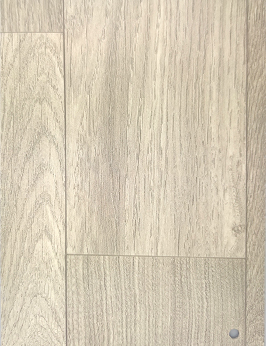Effective Solutions for Commercial Shop Floor Drainage Systems and Maintenance
Understanding Commercial Shop Floor Drains Importance, Types, and Maintenance
In any commercial setting, especially in industries such as manufacturing, food processing, and automotive repair, managing wastewater effectively is crucial. One of the essential features in such facilities is the shop floor drain. These drains play an integral role in maintaining hygiene, safety, and efficiency on the shop floor. In this article, we will explore the importance of commercial shop floor drains, the various types available, and essential maintenance practices to ensure their effective operation.
The Importance of Shop Floor Drains
1. Hygiene and Sanitation In commercial kitchens and food processing plants, shop floor drains are vital for maintaining hygiene. They help in effectively removing spills, food waste, and other contaminants, thereby preventing the growth of harmful bacteria and pathogens. This is particularly crucial in food-related industries where sanitation standards are strictly enforced.
2. Safety Accumulated water or spills can create hazardous conditions for employees, leading to slips and falls. Shop floor drains help minimize these hazards by ensuring that liquids are swiftly diverted away from walkways and workspaces, thereby enhancing workplace safety.
3. Efficiency In manufacturing or automotive settings, the presence of chemicals, oils, and other fluids can create a messy and potentially dangerous environment. Shop floor drains simplify cleanup and ensure that operations can proceed without interruptions. Efficient drainage systems also prevent the accumulation of waste that could hinder productivity.
4. Environmental Compliance Many industries are subject to stringent environmental regulations concerning wastewater disposal. Proper shop floor drainage systems help businesses comply with these regulations by facilitating the safe and efficient disposal of waste, thereby avoiding potential fines and legal issues.
Types of Commercial Shop Floor Drains
1. Trench Drains Also known as channel drains, trench drains are long, narrow drains that can handle large volumes of water. They are commonly used in areas where extensive drainage is needed, such as warehouses or loading docks. Trench drains are often made of materials such as stainless steel or polymer concrete, providing durability and corrosion resistance.
2. Point Drains These drains, also known as floor sinks, are singular drainage points typically installed in specific locations where liquids are expected to accumulate. Point drains are often found in restrooms, underneath sinks, or near heavy machinery.
3. Hydraulic Drains Specialized for industrial applications, hydraulic drains are used to manage heavy flows of liquids. They are designed to handle specific pressures and flows, making them ideal for manufacturing settings where large volumes of water or waste are generated.
commercial shop floor drains

4. Grease Traps In food service establishments, grease traps are installed to prevent fats, oils, and grease from entering the sewage system. These traps must be integrated into the shop floor drainage system to ensure compliance with environmental regulations and maintain functionality.
Maintenance of Shop Floor Drains
To ensure the effective operation of shop floor drains, regular maintenance is essential. Here are some key practices
1. Routine Cleaning Establish a cleaning schedule to clear debris and sediment from the drains. This may involve removing grates and using a hose or vacuum to ensure that the drainage paths are clear.
2. Hydro Jetting For stubborn clogs or blockages, hydro jetting can be an effective cleaning method. This involves using high-pressure water jets to dislodge and remove built-up materials from the drainage system.
3. Inspect for Damage Regularly inspect the drains for signs of wear and tear, such as cracks, corrosion, or misalignment. Prompt repairs can prevent more extensive damage and costly replacements.
4. Check Pitch and Flow Ensure that the drains are correctly pitched to facilitate proper water flow. Poorly pitched drains can lead to pooling and overflow, which negates their purpose.
5. Grease Trap Maintenance If grease traps are part of the drainage system, regular maintenance and pumping are crucial to ensure they function effectively and comply with regulations.
Conclusion
In summary, commercial shop floor drains are vital components of any industrial or commercial facility. They facilitate hygiene, safety, and compliance with environmental regulations while improving operational efficiency. Understanding the various types of drains and implementing a solid maintenance routine will ensure that these systems work effectively, providing a clean and safe workspace for all employees. By prioritizing proper drainage solutions, businesses can enhance their overall operational integrity and contribute effectively to their industry standards.
-
modern-interior-solutions-with-durable-pvc-material-skirtingAug.22,2025
-
elevating-outdoor-spaces-with-premium-wood-material-skirtingAug.22,2025
-
Waterproof Advantages of SPC Flooring Vinyl in KitchensAug.06,2025
-
SPC Hybrid Waterproof Flooring Thickness GuideAug.06,2025
-
Leveling Subfloor Before My Floor SPC InstallAug.06,2025
-
How Mesh Deck Skirting Improves Outdoor Pest ControlAug.06,2025




